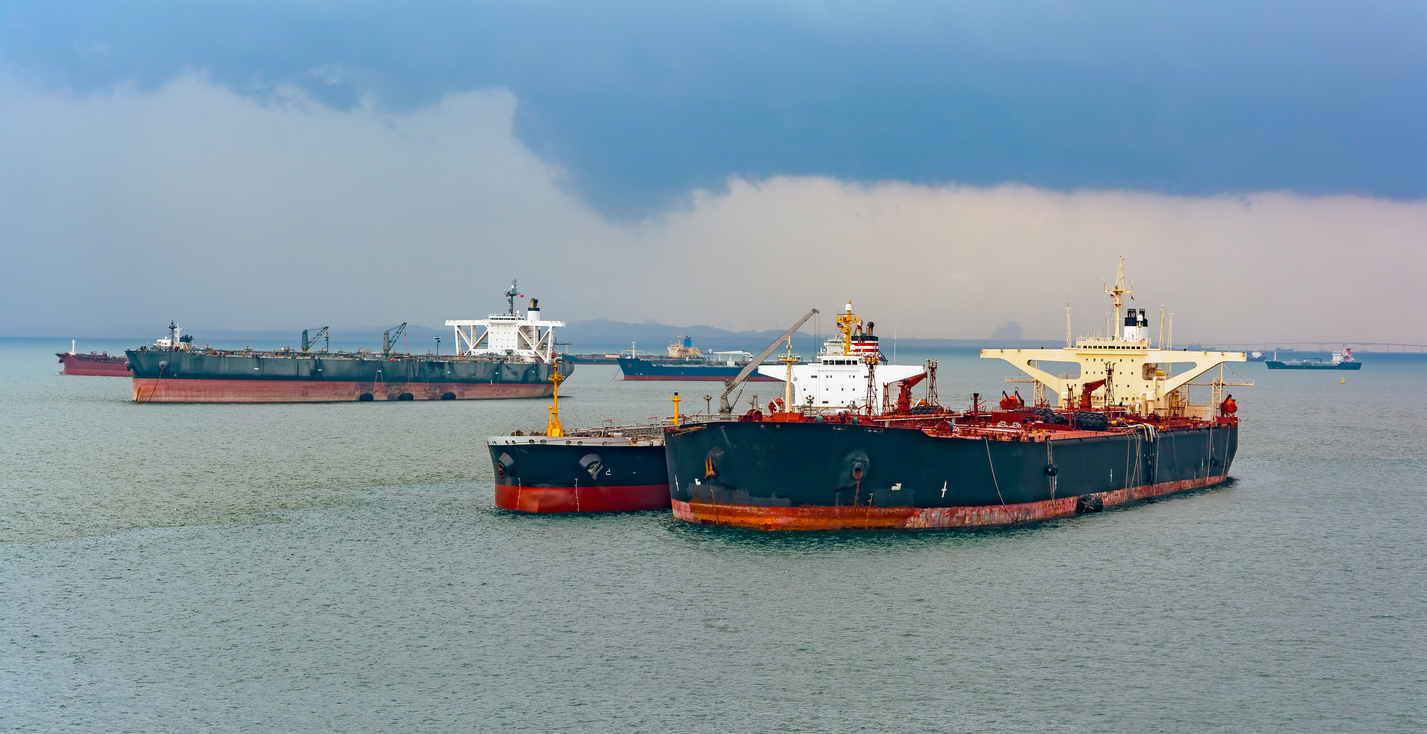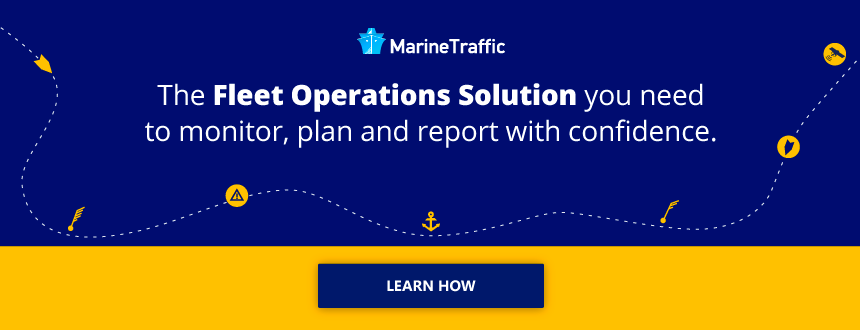Gathering reports for your fleet’s voyages on a regular basis means a lot of people working for hours, collaborating over a number of tasks for a considerate amount of time using a combination of tools, various providers and sources, and sometimes often resorting to manual data entries; and this is where errors loom large.
How was the ship handled in the past, were there any events that need to be taken into consideration post voyage, what about the weather conditions, were there any bunkering operations and most importantly, how can I be sure what I receive and all the information is valid?
Not only one platform can offer the solution that keeps all answers to the above but also enhances a professional’s confidence in the data they receive by allowing visualisation of every voyage on a Live Map.
Let’s dive deeper into the five ways maritime analytics come in -really- handy and help ship owners and managers in ship operations take the pain out of voyage reporting.
1. Receiving a clear and reliable post voyage report
Fleet managers are now able to get visual summaries of their fleet’s voyages and review a vessel’s performance as well as charter-party compliance with the use of high-resolution analysis of a vessel’s speed against weather conditions to eliminate risks.
When the vessel has reached its destination, and the voyage is complete, the fleet manager needs to have a clear picture of their fleet performance at sea miles away from their office.
Thanks to the advancement of technology and powerful data intelligence tools, professionals in the industry can gain access to reports including information such as the time ballasting, the time the vessel was transiting, the time it was waiting at the port, its speed timeline and how all these might have been affected by weather data such as wind, wave height and currents speed with direction; choosing the legs of the voyage you would like to get the report about while adding the charter’s party agreement details (maximum speed, maximum wave height and the charter party speed agreed) facilitates your daily operational efficiency and saves you time – and, of course, money.
2. Being able to review vessel events
Going over significant events throughout your ship’s voyage is also key when we talk about voyage reporting. A way to make the right decision based on an accurate report, historical records of vessel events, including Port Calls, Dock/Undock events, Bunkering, Tug operations, Voyage information updates etc should not be overlooked.
Knowing what impacted a vessel’s route is your window to your fleet’s performance and with the Fleet Operations Solution, there are 30 distinct types of events highlighted: Midnight/noon reports, vessel navigational status changes, AIS-data updates and more.
3. Reproducing recorded vessel movements with Playback
Congestion keeps rising at the port of LA-Long Beach. Track all the vessels’ movements here: https://t.co/J8zXm2qVlj https://t.co/d1KLkpVzur
— MarineTraffic (@MarineTraffic) September 22, 2021
The world’s eyes are on West Coast port delays and following updates about congested areas. Trying to understand how clogged up ports or other vital seaways were when your ship was en route, what ships sailed nearby yours, how your vessel moved in comparison to others in the area at the time, all these answers could facilitate fleet operations a great deal.
The Playback feature, as seen above, not only offers a detailed analysis of an incident with animated replays of ship movements and positions of a specified area. Watch what happened during your fleet’s voyages, and how vessels moved within any area anywhere around the globe in a replay. And what’s best? Now, thanks to all the latest tool updates, you are able to watch visualised past vessel activity at sea for up to five years back; get a clear picture of what has happened during a past voyage you are interested in, how the weather changed, how the speed was affected, what events were recorded etc.
4. Visualising a vessel’s Past Track
No voyage stays unseen, thanks to the most complete ship tracking data globally, fused with Satellite AIS and integrations with Inmarsat and VSAT. And apart from receiving near-real-time positions at all times, when we talk about vessel reporting, the past is what users are interested in.
Our powerful data intelligence tools enable us to visualise the timeline of a vessel’s voyage that is now complete, in relation to the weather conditions at that time and the respective events, all combined in a single clear and comprehensible visual on the Live Map.
What we know about the bulkers that collided off the Turkish coast 👇
According to our #AIS data:
The collision happened on Sept 17 in a seaway that connects the Aegean to the Sea of Marmara, southwest of Bozcaada in Canakkale province. pic.twitter.com/wEJojjH7KH— MarineTraffic (@MarineTraffic) September 23, 2021
Related reading: Tracking the world’s largest containerships
5. Gaining access to five years of valuable historical data
For more than 13 years now, we have been collecting, analysing and recording vessel position and event data from our global network of Terrestrial stations and Satellite AIS receivers.
To support detailed analysis and identify traffic patterns that are of interest to you and affect your day-to-day operations, or even to shed more light on an incident and facilitate the investigation, historical data is your ace to the hole.
Get access to every single piece of historical information going back as far as five whole years, and feel confident in conducting post-incident investigations.
Related reading: Updated Playback: Taking a closer look at new additions & improvements
Developed on a wealth of industry experience, these five tools and services make up a powerful source of reliable data for professionals like you to be able to make better-informed decisions. With Fleet Operations Solution, you can:
➔ MONITOR your vessel as it crosses the oceans
➔ PLAN every aspect of your voyage
➔ REPORT and review incidents, and charter party compliance

